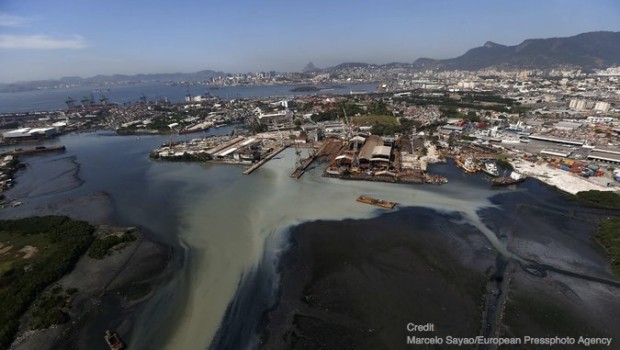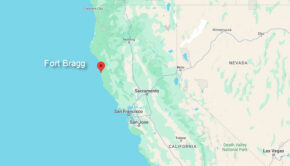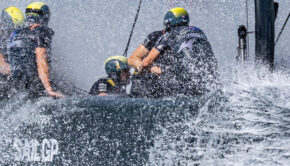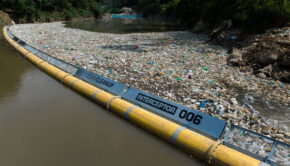Sailing Rallies to Save the Seas
Published on December 26th, 2015
By Christopher Clarey, The New York Times
When he’s at home in Rhode Island, Ken Read, the skipper of the 100-foot super maxi Comanche, walks every morning on Newport’s Gooseberry Beach with his dog, Toby. The walk doubles as a cleanup mission.
“I get an armful of garbage off the same exact beach in the same exact place every morning, and frankly it’s just shocking,” said Read, who is in Australia to compete on Comanche in his second Rolex Sydney Hobart Race.
The state of the ocean is a major issue in the sailing world at the moment, with deep concerns about pollution and debris at the sailing venues in Rio de Janeiro for the 2016 Summer Olympics in August.
It was also a point of contention during the most recent Volvo Ocean Race, which ended in June. And with another Sydney-Hobart set to start on Saturday, no sport seems better positioned to lead the way in signaling the enormous environmental challenges plaguing the seas.
The question is whether sailors are using that bully pulpit as frequently and effectively as they can.
“I do think we’re the ideal messengers, but I don’t think we are doing enough,” said Lisa Blair, an Australian skipper and activist who is competing in the Sydney-Hobart race in a recently purchased boat she has named Climate Action Now. “There are certainly lots of individuals trying to do work with it and raise awareness, with beach cleanup days and harbor cleanup days. There is a lot going on, but a lot of smaller things. There needs to be a great change toward just the products we are using and the things that we do that have a direct relationship with our environment and the quality of our oceans.”
Surfers also have a direct connection to this issue, but they are close to shore. Sailors, particularly ocean racers like those competing in the Sydney-Hobart, are perhaps the only prominent sports figures whose playing field is far from land. What they observe sometimes brings them to tears.
“I raced around the world from 2011 to 2012,” Blair said. “And I was just gobsmacked that in the middle of nowhere there were Styrofoam boxes floating around. There was just so much rubbish in the ocean in these untouched, pristine waters that were now no longer untouched. And there’s also the scientific data behind how much plastic is actually in the water and the microplastics and the damage it is doing to the fish life and to us indirectly from humans consuming those fish. We’re effectively poisoning one of our main food sources.”
Dee Caffari, a veteran British sailor who was the first woman to complete a solo circumnavigation of the planet against the prevailing winds and currents, has seen a deterioration in the last 10 years, as illustrated in the last Volvo Ocean Race when she and her crew were in the remote Southern Ocean.
“One of the things sailors love about sailing is being at one with nature, seeing whales, fish and birds,” she said. “And one of the girls who was up the mast shouted, ‘I can see a seal. I can see a seal.’ And as we got closer, it was a seal playing with a plastic bag.”
A study published in February in the journal Science, based on research by the National Center for Ecological Analysis and Synthesis, at the University of California, Santa Barbara, estimated that 4.8 million to 12.7 million metric tons of plastic waste enter the oceans from land every year. The report said that the midpoint of that range — about 8 million metric tons — would be enough to cover an area 34 times the size of Manhattan with ankle-deep waste.
Read on for the rest of the story.









 We’ll keep your information safe.
We’ll keep your information safe.